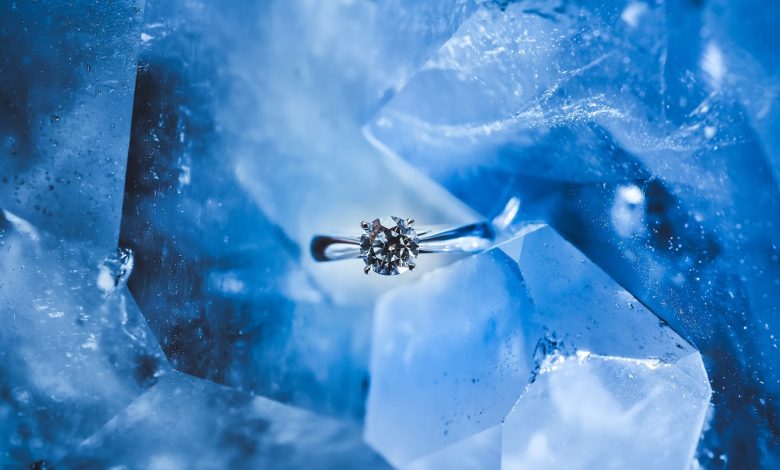The Ultimate Guide to Polishing Compounds for Jewellery Makers

Jewellery making is an ancient art that has been around for thousands of years. With the rise of the internet, even more, people are getting into jewellery making as a hobby or profession. One crucial aspect of creating high-quality jewellery is the use of polishing compounds.
This article will help you understand all that you need to know about these compounds and how they can achieve a professional-looking finish.
Types of Polishing Compounds
Several types of polishing compounds are available for jewellery makers, and each type serves a specific purpose. The most common types of compounds include tripoli, rouge, zam, and diamond paste.
Tripoli is a mild abrasive typically used to remove scratches and blemishes from metal surfaces. Rouge is a highly abrasive compound that creates a high-gloss finish on metals such as gold and silver. Zam is used to achieve a mirror-like finish on metals such as brass and copper. Diamond paste is a highly abrasive compound used to polish gemstones and other hard materials.
Tips for Safely Using the Compounds
When using compounds, it is essential to follow the manufacturer’s instructions carefully. Most of the time, they are applied to a buffing wheel, which is then used to buff the metal surface. When using a buffing wheel, it is essential to use the correct pressure and speed to avoid damaging the metal surface.
Wearing protective gear such as gloves and eye protection is crucial when working with these compounds. Using this requires a delicate touch and careful attention to detail. Jewellery makers must be patient and precise when buffing the metal surface, taking care not to apply too much pressure or cause damage to the piece.
Choosing the Right Polishing Compound
Choosing the suitable polishing compounds for your project depends on several factors, including the type of metal you are working with, the level of shine you want to achieve, and the size of the scratches or blemishes on the metal surface.
For example, if you work with brass or copper, you may use Zam to achieve a mirror-like finish. On the other hand, if you are working with gold or silver, rouge may be the best option to achieve a high-gloss finish.
Common Mistakes to Avoid
When using compounds, there are several common mistakes that jewellery makers should avoid. One common mistake is using too much pressure when buffing the metal surface, which can cause scratches or other damage. Another mistake is using the wrong type of compound for the metal surface, which can result in an uneven or dull finish. Finally, cleaning the metal surface thoroughly before applying it is crucial to avoid trapping dirt or debris under the surface.
Tips for Achieving a Professional Finish
To achieve a professional-looking finish on your jewellery, there are several tips to remember. Start with a clean and smooth metal surface. This will help ensure that it can be applied evenly and result in a consistent finish. Choose the suitable one for your project based on the type of metal and the level of shine you want to achieve. Use consistent pressure and speed when buffing the metal surface, and take breaks frequently to avoid overheating the metal.
Polishing compounds are essential for jewellery makers looking to create high-quality jewellery. By understanding the various types of compounds available and using them correctly, jewellery makers can achieve a professional-looking finish on their projects. Whether you are a beginner or an experienced jewellery maker, following these tips and avoiding common mistakes can help you create beautiful, durable jewellery pieces that will last for years.
